
How to Choose the Best Electric Main Breaker for Your Industrial Needs
The selection of the right Electric Main Breaker is crucial for optimizing efficiency and safety within industrial applications. As industries continue to thrive amid the backdrop of rapid technological advancements, the global market for electrical distribution equipment, including breakers, has seen significant growth, projected to reach USD 67.5 billion by 2026, according to a recent report by Market Research Future.
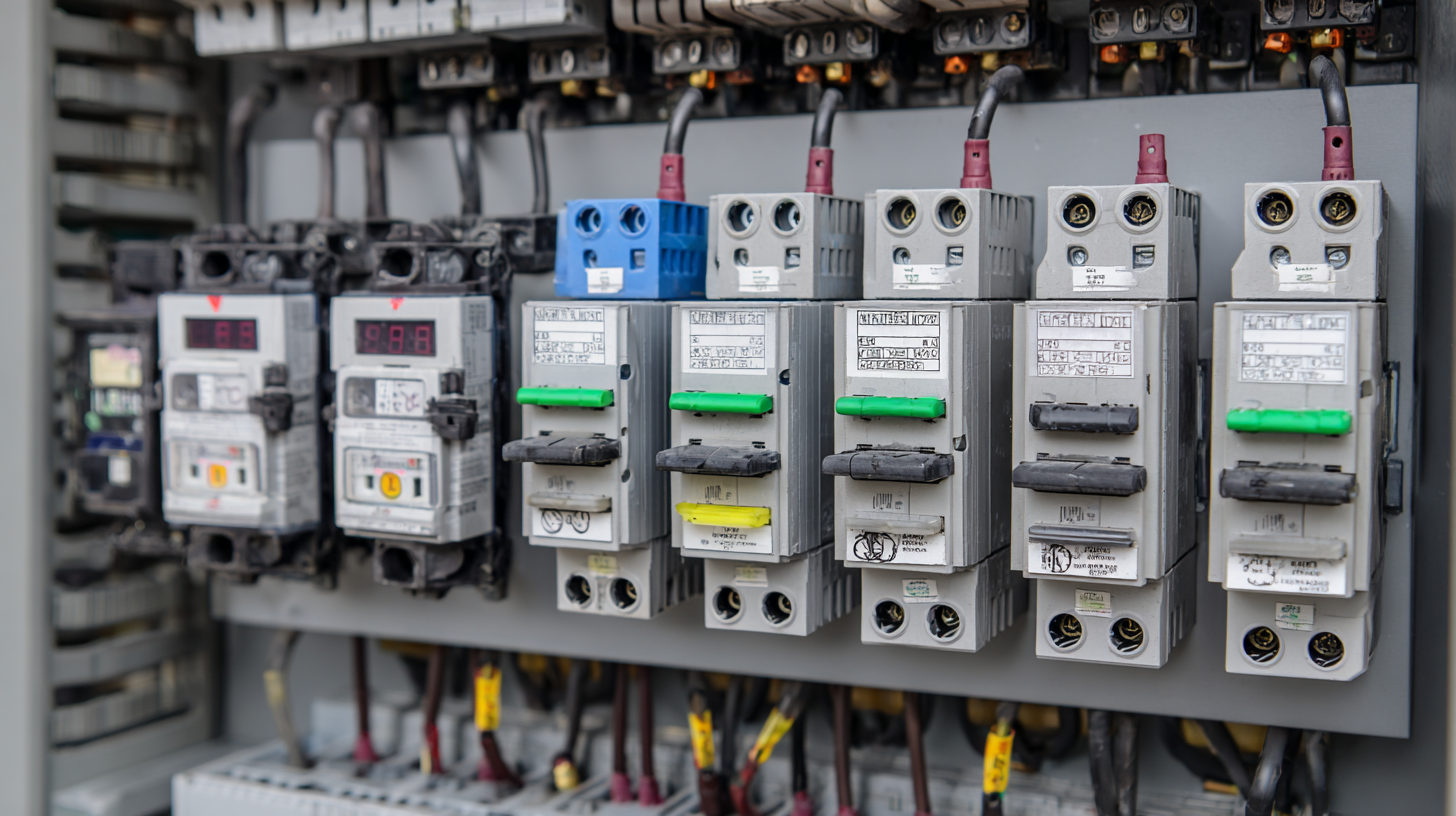 In particular, the demand for electric main breakers is driven by the increasing focus on energy management, safety regulations, and the expansion of manufacturing capabilities. Additionally, with the rise of smart grids and renewable energy integration, choosing the appropriate electric main breaker has become increasingly complex, necessitating a thorough understanding of technical specifications and operational requirements.
This blog will explore the key factors that industrial professionals must consider when selecting the best electric main breaker to meet their unique operational needs.
In particular, the demand for electric main breakers is driven by the increasing focus on energy management, safety regulations, and the expansion of manufacturing capabilities. Additionally, with the rise of smart grids and renewable energy integration, choosing the appropriate electric main breaker has become increasingly complex, necessitating a thorough understanding of technical specifications and operational requirements.
This blog will explore the key factors that industrial professionals must consider when selecting the best electric main breaker to meet their unique operational needs.
Understanding the Role of Electric Main Breakers in Industrial Settings
In industrial settings, electric main breakers play a crucial role in ensuring safety and reliability. They are designed to protect systems from overloads and short circuits by interrupting the flow of electricity when necessary. Recent industry reports indicate a significant growth in the molded case circuit breaker (MCCB) market, projected to expand notably in the next decade. The global MCCB market, particularly for industrial applications, is expected to see a strong increase as businesses prioritize safety and efficiency, with innovations enhancing performance and sustainability nearly a century after their inception.
The new generation of high-performance miniature circuit breakers (MCBs) offers advanced protective functions, responding to the growing demand for operational reliability. Notably, the North American air circuit breaker market alone is projected to reach $1.08 billion by 2030, highlighting the increasing reliance on efficient and safe electrical components. With the launch of innovative circuit breaker solutions tailored for next-generation applications, industries are now better equipped to manage electrical demands effectively, ensuring enhanced safety and system availability. This evolution in circuit breaker technology is vital for meeting the complex needs of various industrial applications, enhancing both performance and safety standards in challenging environments.
Key Factors to Consider When Selecting Electric Main Breakers for Factories
When selecting electric main breakers for industrial applications, it's crucial to consider several key factors to ensure safety and efficiency. First and foremost, you need to assess the total load your factory will require. This means calculating the maximum current your equipment will draw during peak operations. Choosing a breaker that matches or slightly exceeds this capacity is vital to prevent tripping during high-demand periods.
Another essential factor is the breaker’s interruption rating, which indicates its ability to handle unexpected surges or faults in the system. For industrial environments, where high voltages and currents are common, a higher interruption rating is often necessary to protect both your equipment and personnel. Additionally, consider the type of environment the breaker will operate in, including temperature, humidity, and exposure to dust or chemicals, as these can affect the breaker’s performance and lifespan. By evaluating these aspects carefully, you can select an electric main breaker that meets your factory's specific operational needs and enhances overall safety.
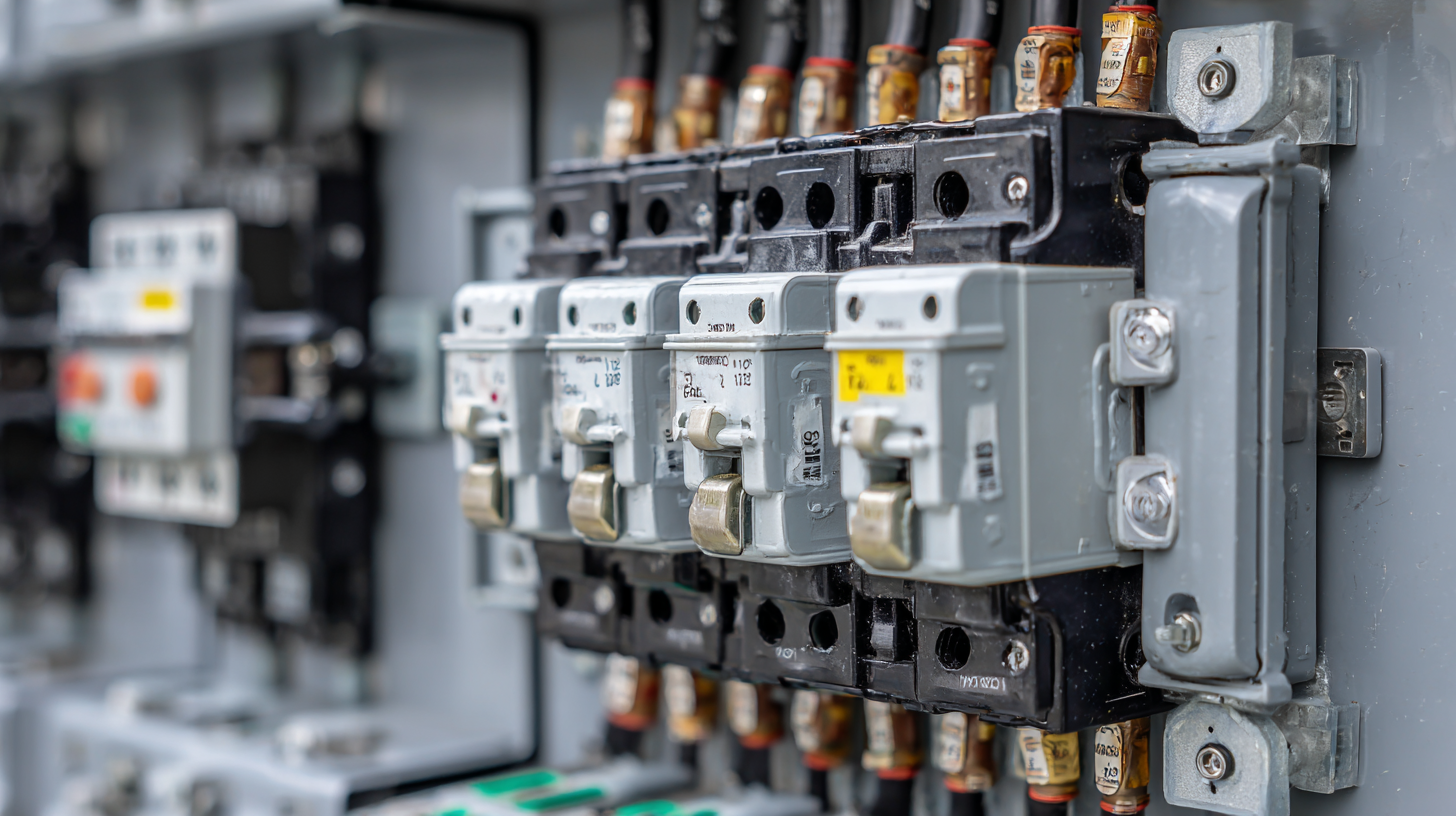
Comparing Different Types of Electric Breakers: Circuit Protection and Efficiency
When selecting the most suitable electric main breaker for industrial applications, it's crucial to compare various types of electric breakers available in the market. The primary function of an electric breaker is to protect circuits from overload and short circuits, yet they differ significantly in terms of design and efficiency. Common types include circuit breakers, fuses, and ground fault circuit interrupters (GFCIs). Each has unique characteristics that cater to specific industrial needs, with circuit breakers being favored for their reset capability and convenience.
Efficiency plays a vital role in the performance of electric breakers. A well-chosen breaker ensures minimal energy loss and maximizes operational uptime. For instance, thermal magnetic breakers provide a dual protection mechanism, combining thermal overload protection with magnetic trip functions, thus ensuring reliable operation in high-demand environments. On the other hand, electronic breakers offer advanced diagnostic features, allowing for real-time monitoring and improved response to faults, making them suitable for modern industrial systems that prioritize efficiency and safety. Ultimately, understanding the differences between these types can significantly enhance equipment performance and circuit safety in industrial settings.
How to Choose the Best Electric Main Breaker for Your Industrial Needs
This chart compares the efficiency ratings of different types of electric main breakers commonly used in industrial settings. An evaluation of breakers from Type A to Type E shows their respective efficiency in protecting electrical circuits. Choosing the right breaker depends on the specific industrial applications and required safety standards.
Evaluating Manufacturer Specifications: Voltage Ratings and Trip Settings Explained
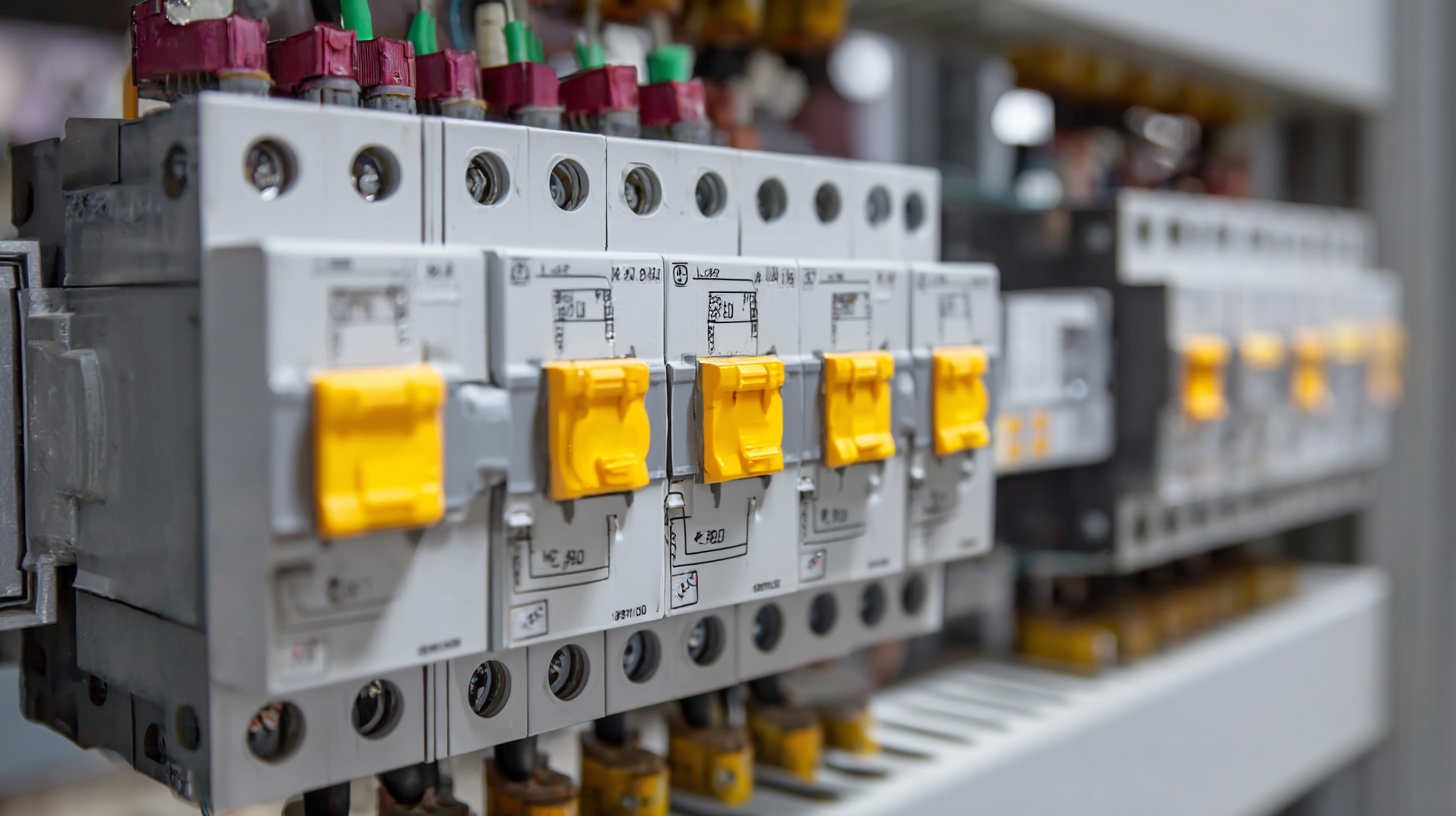 When selecting the best electric main breaker for industrial applications, understanding manufacturer specifications is crucial. One of the primary factors to consider is the voltage rating of the breaker. This indicates the maximum voltage the breaker can handle safely without failure. For industrial environments, where systems may operate at higher voltages, choosing a breaker with appropriate voltage ratings is vital to prevent electrical malfunctions and ensure operational longevity. Always consult the manufacturer's specifications to ensure compatibility with your existing electrical system.
When selecting the best electric main breaker for industrial applications, understanding manufacturer specifications is crucial. One of the primary factors to consider is the voltage rating of the breaker. This indicates the maximum voltage the breaker can handle safely without failure. For industrial environments, where systems may operate at higher voltages, choosing a breaker with appropriate voltage ratings is vital to prevent electrical malfunctions and ensure operational longevity. Always consult the manufacturer's specifications to ensure compatibility with your existing electrical system.
Another essential specification to evaluate is trip settings, which dictate how the breaker responds to overloads. Trip settings are usually adjustable and can be tailored to suit specific industry requirements. A breaker that trips too easily may cause unnecessary downtime, while one that is set too high may not protect equipment from damage. By analyzing the needs of your operation—such as the types of machinery in use and their power demands—you can select a breaker that optimizes protection while maintaining efficiency. Always seek guidance from technical representatives to make informed choices based on your unique industrial needs.
Cost-Benefit Analysis: Long-Term Savings with the Right Electric Breaker Choices
When evaluating electric main breakers for industrial applications, a thorough cost-benefit analysis is essential to ensure long-term savings. According to a report by the National Electrical Contractors Association, the right choice in electric breakers can save businesses up to 20% on energy costs annually. Investing in high-quality breakers not only reduces maintenance and replacement costs but also enhances system reliability, thereby minimizing downtime.
Tip 1: Assess Your Load Requirements
Before selecting a breaker, analyze your facility's load requirements. An appropriately sized breaker can optimize energy use and prevent costly overload situations. This consideration is crucial as undersized breakers can lead to equipment damage and safety hazards, ultimately resulting in significant financial implications.
Tip 2: Consider Smart Technology
Incorporating smart breakers into your system can yield substantial long-term savings. These advanced devices provide real-time monitoring and diagnostics, enabling proactive maintenance and energy management. According to a 2022 study by the Electric Power Research Institute, facilities utilizing smart technology reported an average of 15% reduction in operational costs due to improved energy efficiency and decreased downtime.
Choosing the right electric main breaker is not just about upfront costs; it’s about making decisions that foster sustainability and operational efficiency over time.

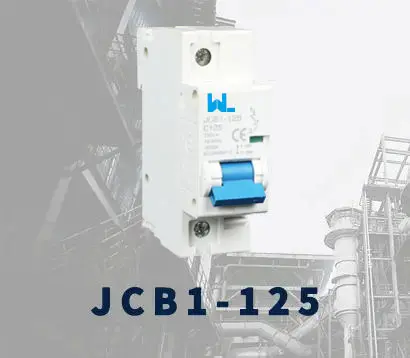 JCB1-125
JCB1-125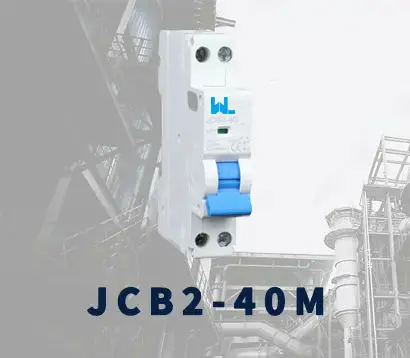 JCB2-40M
JCB2-40M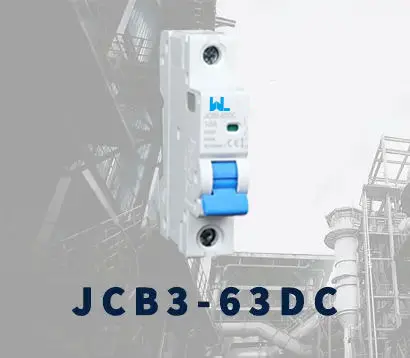 JCB3-63DC
JCB3-63DC JCB3-80H
JCB3-80H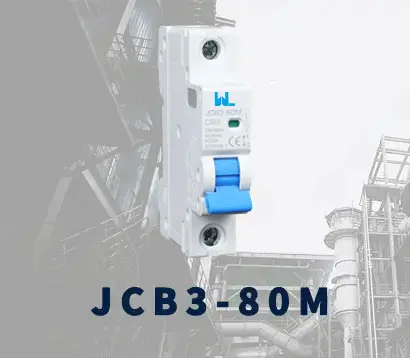 JCB3-80M
JCB3-80M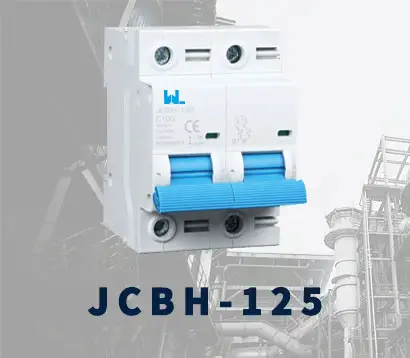 JCBH-125
JCBH-125 JC125-4P
JC125-4P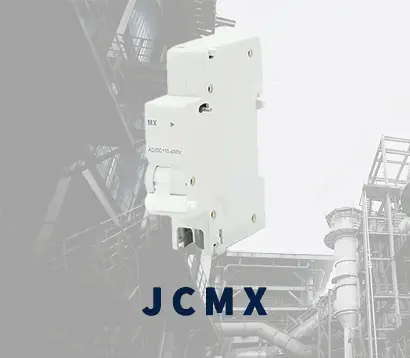 JCMX
JCMX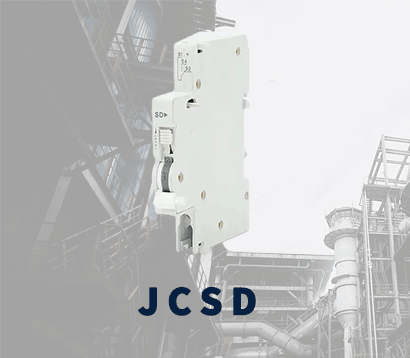 JCSD
JCSD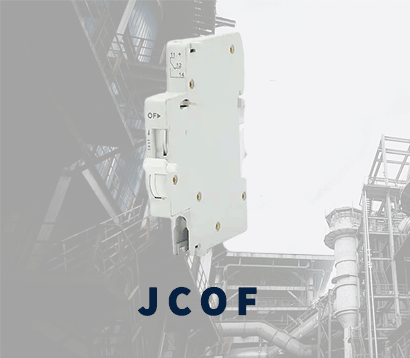 JCOF
JCOF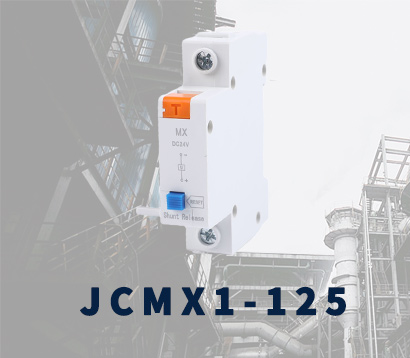 JCMX1-125
JCMX1-125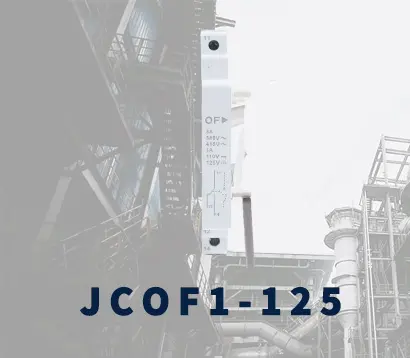 JCOF1-125
JCOF1-125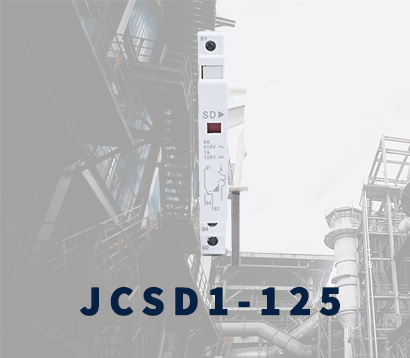 JCSD1-125
JCSD1-125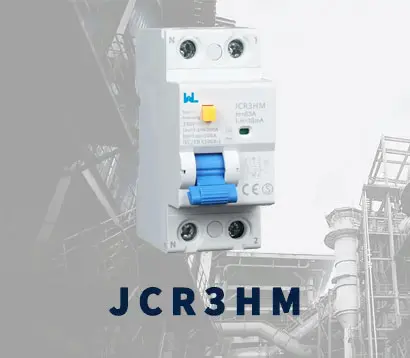 JCR3HM
JCR3HM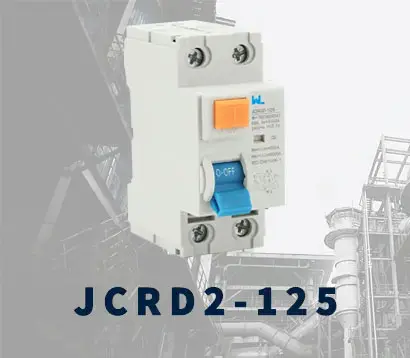 JCRD2-125
JCRD2-125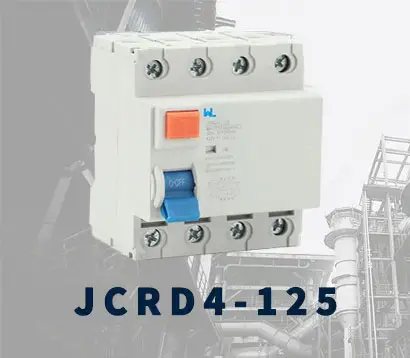 JCRD4-125
JCRD4-125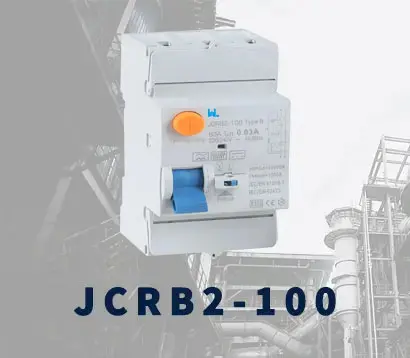 JCRB2-100
JCRB2-100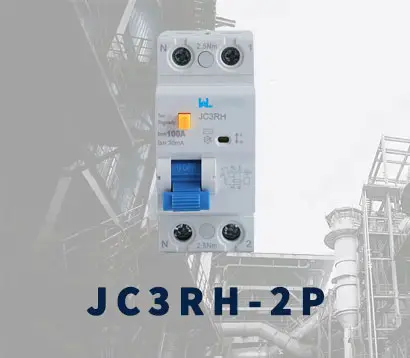 JC3RH-2P
JC3RH-2P JC3RH-S
JC3RH-S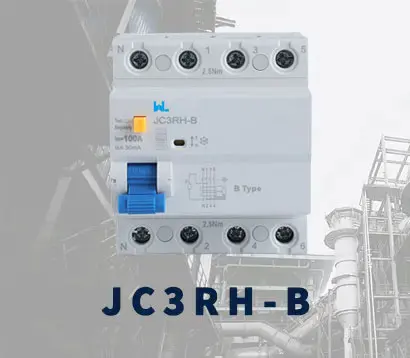 JC3RH-B
JC3RH-B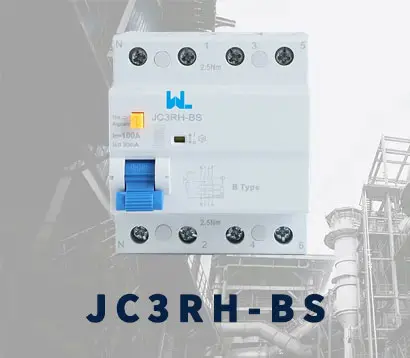 JC3RH-BS
JC3RH-BS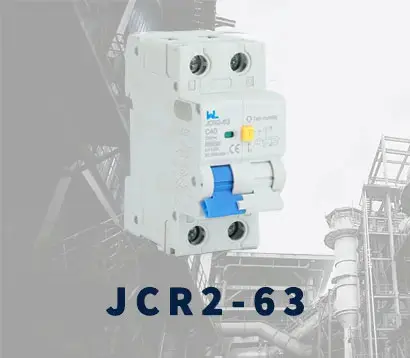 JCR2-63
JCR2-63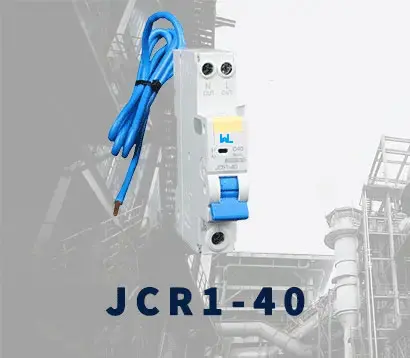 JCR1-40
JCR1-40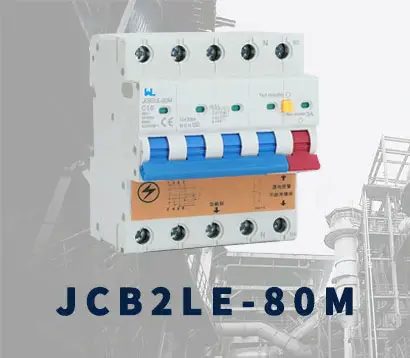 JCB2LE-80M
JCB2LE-80M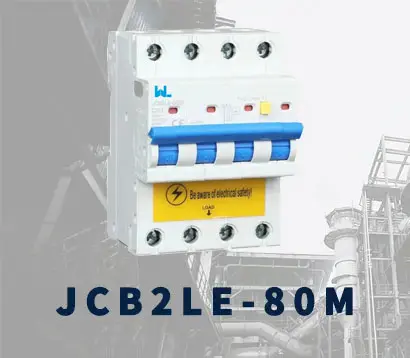 JCB2LE-80M
JCB2LE-80M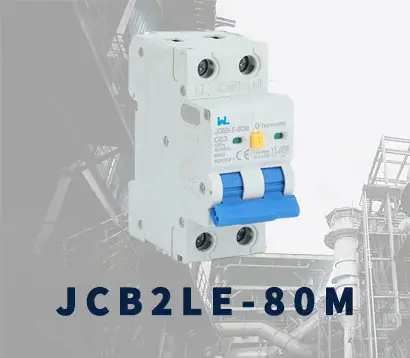 JCB2LE-80M
JCB2LE-80M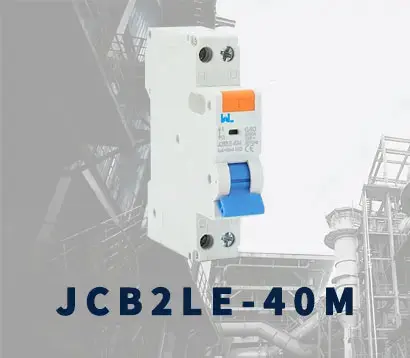 JCB2LE-40M
JCB2LE-40M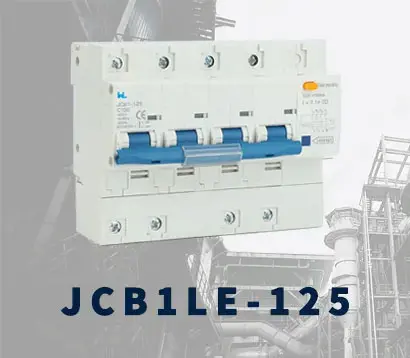 JCB1LE-125
JCB1LE-125 JCB3LM-80
JCB3LM-80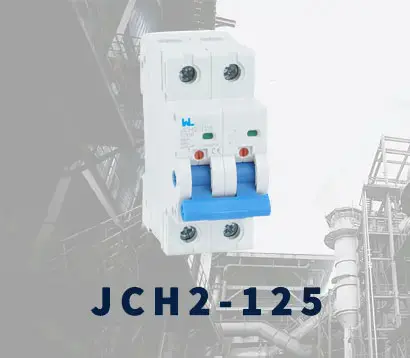 JCH2-125
JCH2-125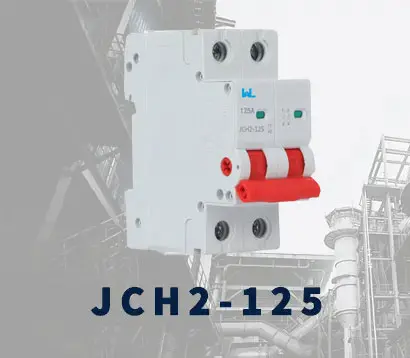 JCH2-125
JCH2-125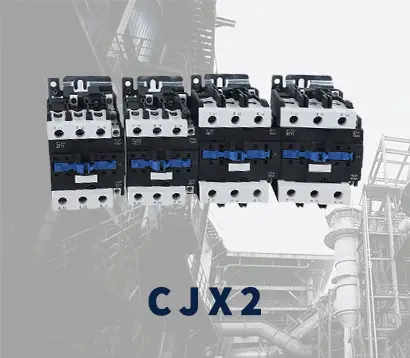 CJX2
CJX2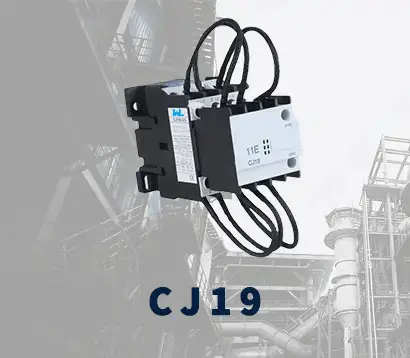 CJ19
CJ19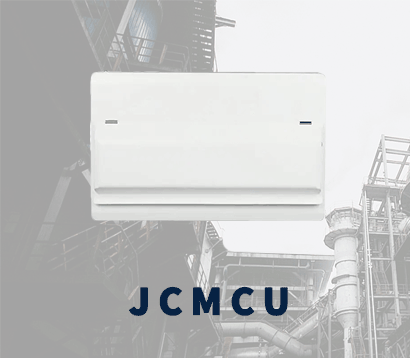 JCMCU
JCMCU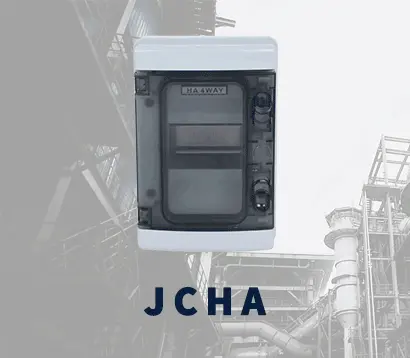 JCHA
JCHA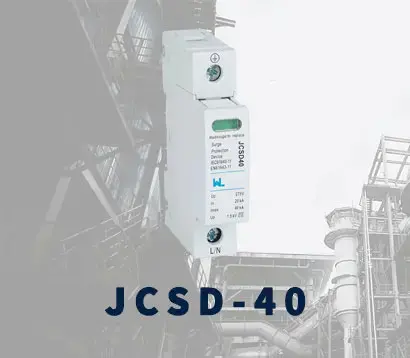 JCSD-40
JCSD-40 JCSD-60
JCSD-60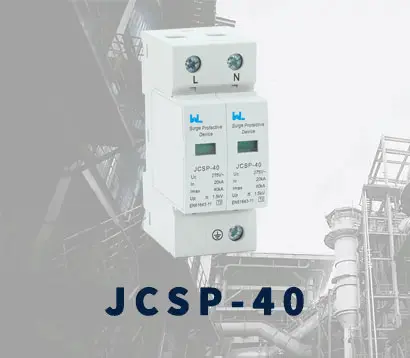 JCSP-40
JCSP-40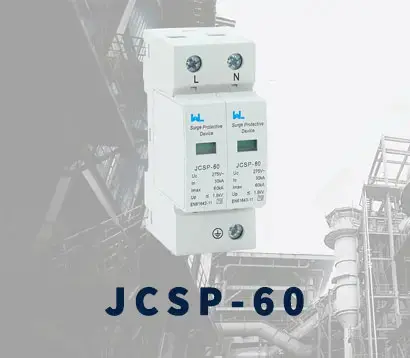 JCSP-60
JCSP-60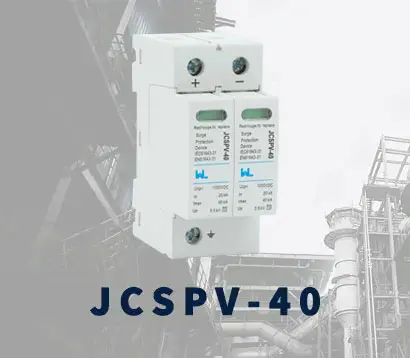 JCSPV
JCSPV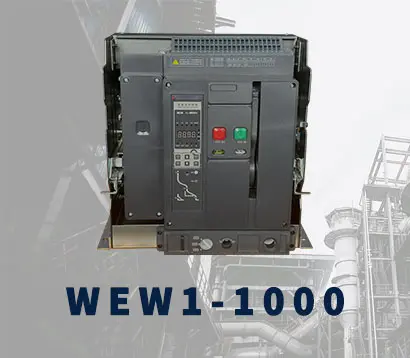 WEW1-1000
WEW1-1000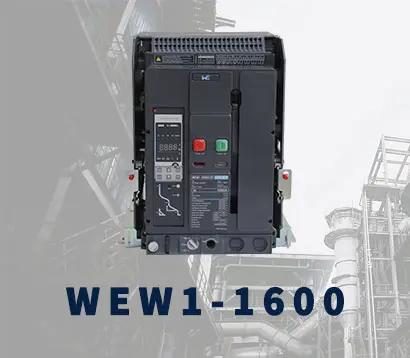 WEW1-1600
WEW1-1600 WEW1-2000
WEW1-2000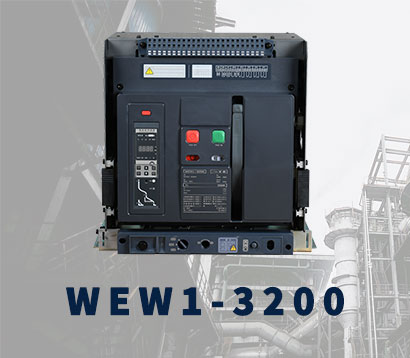 WEW1-3200
WEW1-3200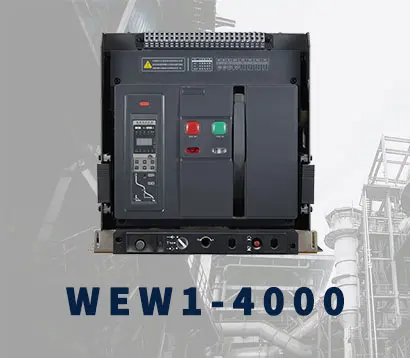 WEW1-4000
WEW1-4000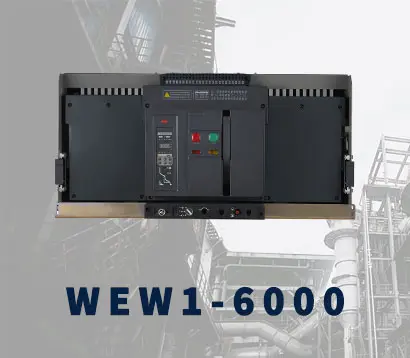 WEW1-6300
WEW1-6300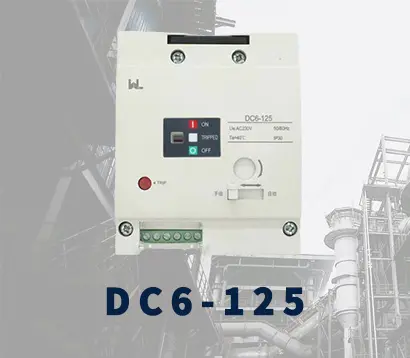 DC6-125
DC6-125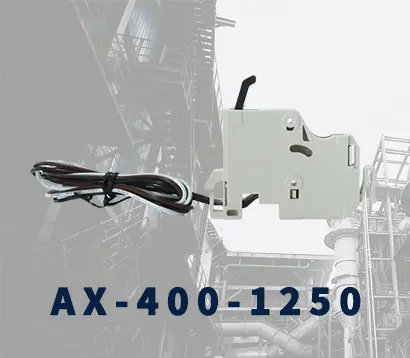 AX-400-1250
AX-400-1250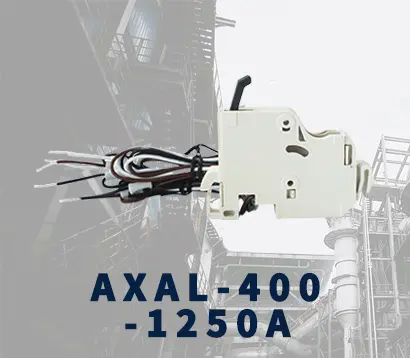 AXAL-400-1250A
AXAL-400-1250A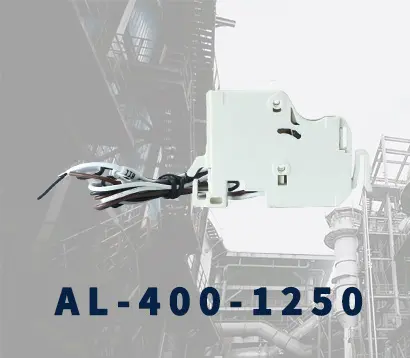 AL-400-1250
AL-400-1250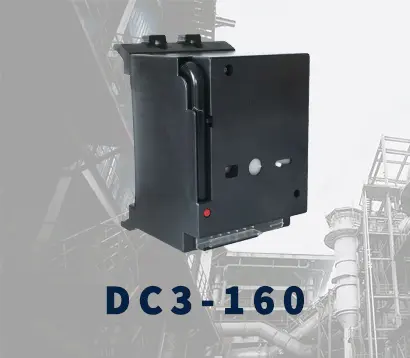 DC3-160
DC3-160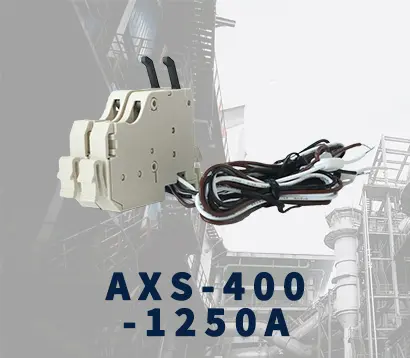 AXS-400-1250A
AXS-400-1250A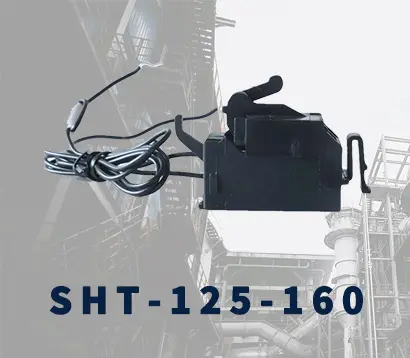 SHT-125-160
SHT-125-160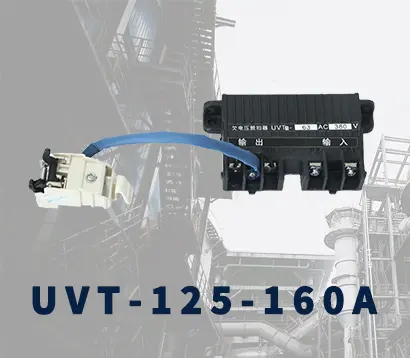 UVT-125-160A
UVT-125-160A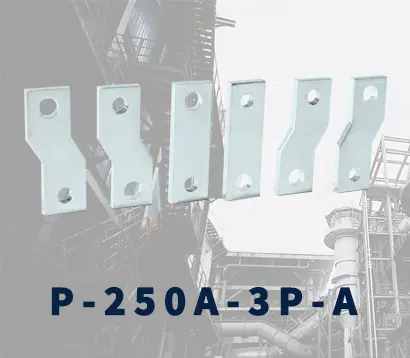 P-250A-3P-A
P-250A-3P-A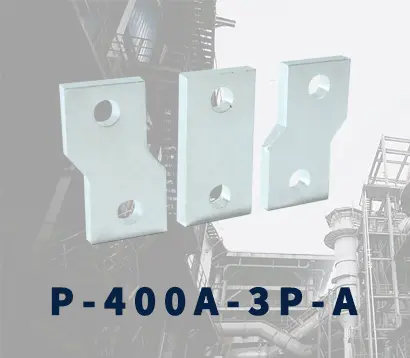 400-3P/4P terminal cover
400-3P/4P terminal cover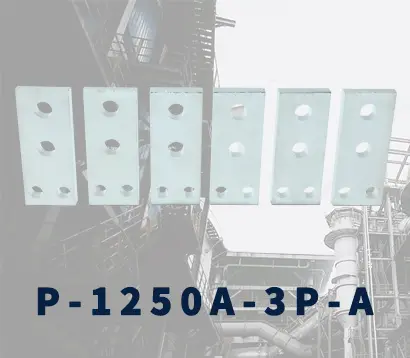 1250-3Pmccb accessories busbar
1250-3Pmccb accessories busbar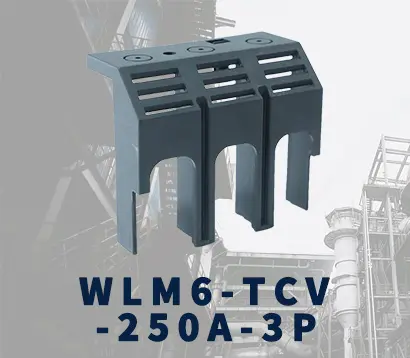 250-3P terminal conver
250-3P terminal conver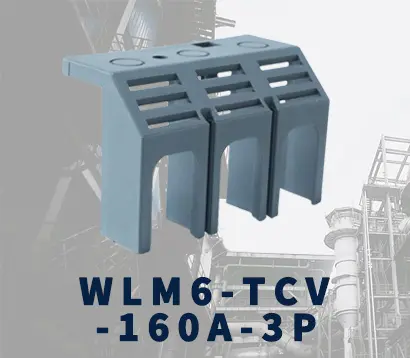 WLM6-TCV-160A-3P
WLM6-TCV-160A-3P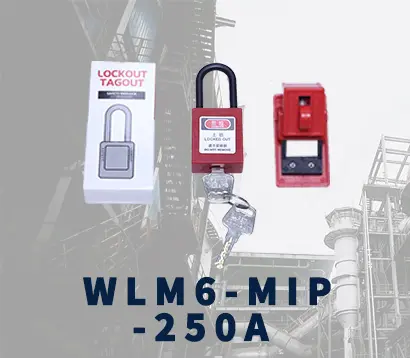 WLM6-MIP-250A
WLM6-MIP-250A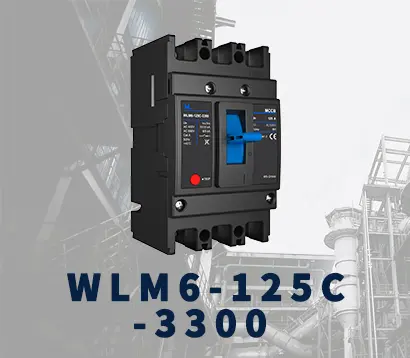 WLM6-125A-3300 3P/4P
WLM6-125A-3300 3P/4P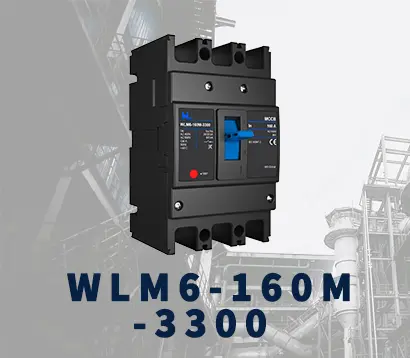 WLM6-160A-3300 3P/4P
WLM6-160A-3300 3P/4P WLM6-250A-3300 3P/4P
WLM6-250A-3300 3P/4P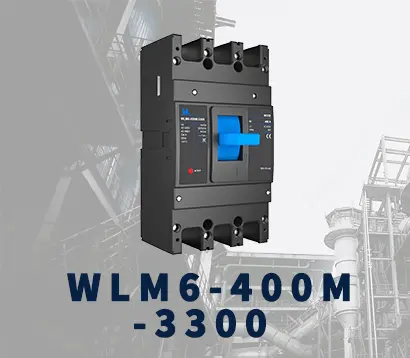 WLM6-400A-3300 3P/4P
WLM6-400A-3300 3P/4P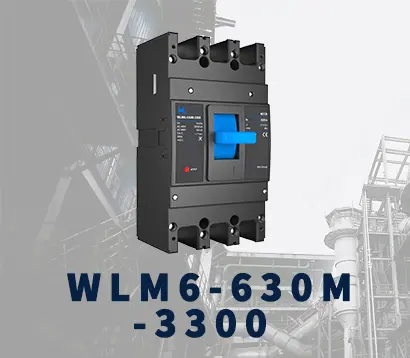 WLM6-630A-3300 3P/4P
WLM6-630A-3300 3P/4P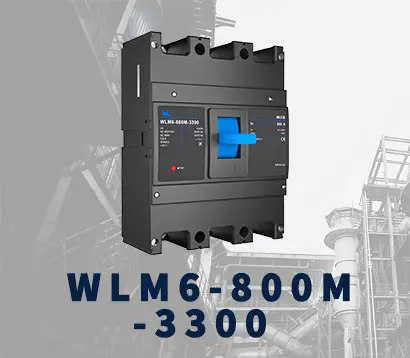 WLM6-800A-3300 3P/4P
WLM6-800A-3300 3P/4P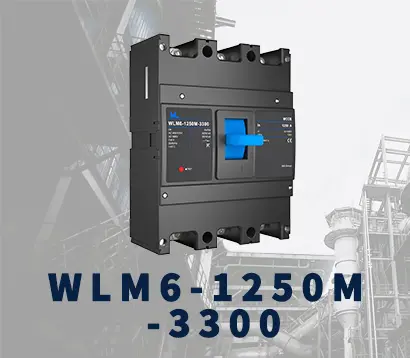 WLM6-1250A-3300 3P/4P
WLM6-1250A-3300 3P/4P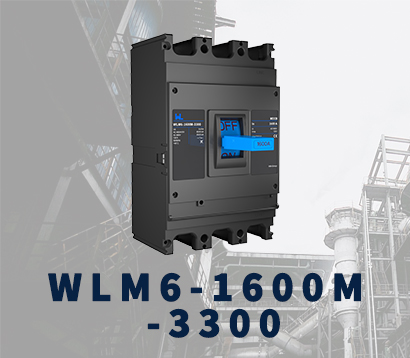 WLM6-1600A-3300 3P/4P
WLM6-1600A-3300 3P/4P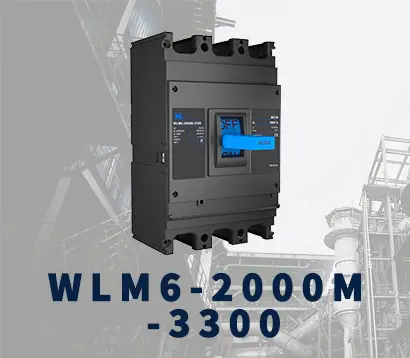 WLM6-2000A 3P/4P
WLM6-2000A 3P/4P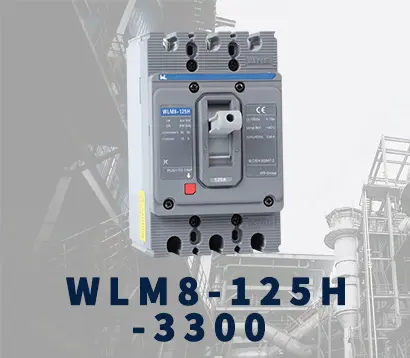 WLM8-125H-3300
WLM8-125H-3300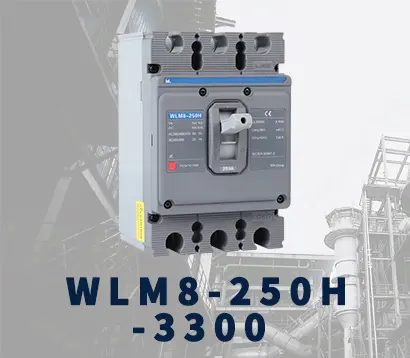 WLM8-250H-3300
WLM8-250H-3300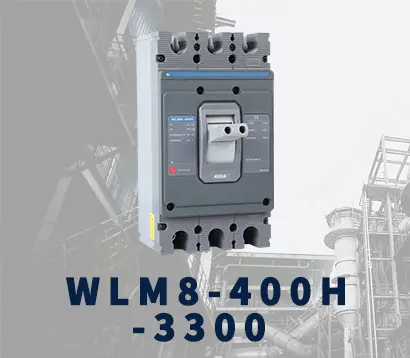 WLM8-400H-3300
WLM8-400H-3300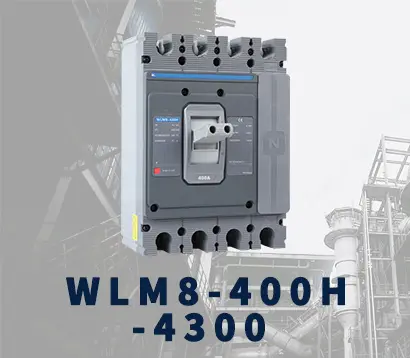 WLM8-400H-4300
WLM8-400H-4300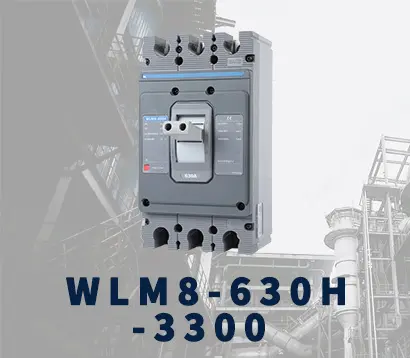 WLM8-630H-3300
WLM8-630H-3300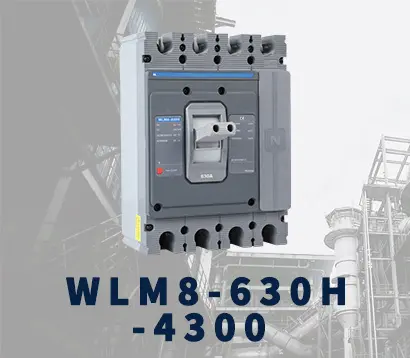 WLM8-630H-4300
WLM8-630H-4300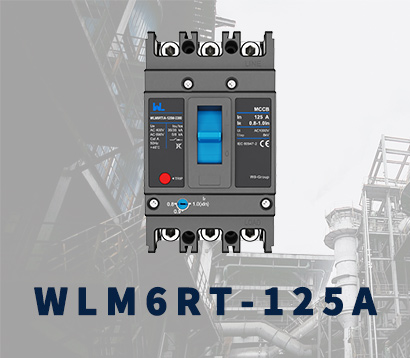 WLM6RT-125A
WLM6RT-125A WLM6RT-160A
WLM6RT-160A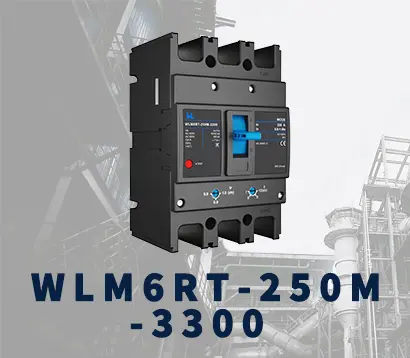 WLM6RT-250A
WLM6RT-250A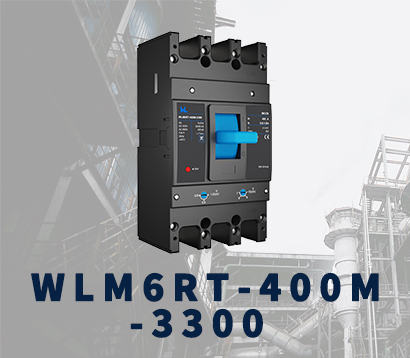 WLM6RT-400A
WLM6RT-400A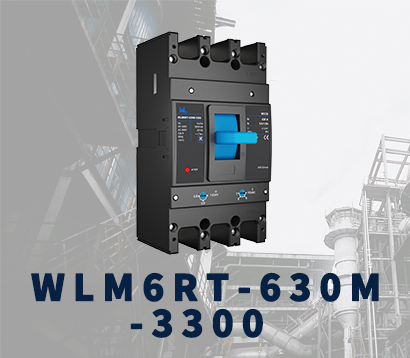 WLM6RT-630A
WLM6RT-630A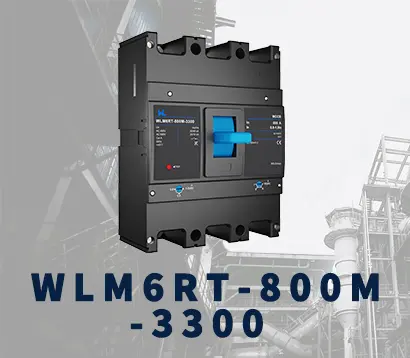 WLM6RT-800A
WLM6RT-800A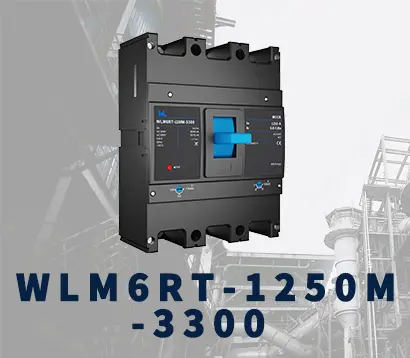 WLM6RT-1250A
WLM6RT-1250A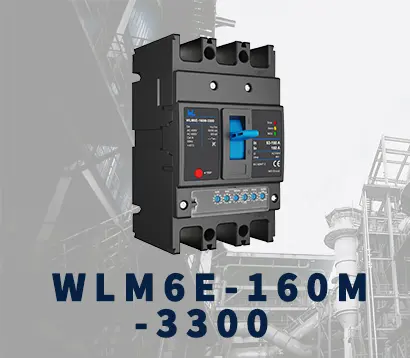 WLM6E-160A-3300 3P
WLM6E-160A-3300 3P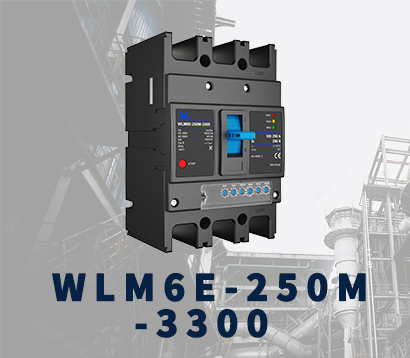 WLM6E-250A-3300
WLM6E-250A-3300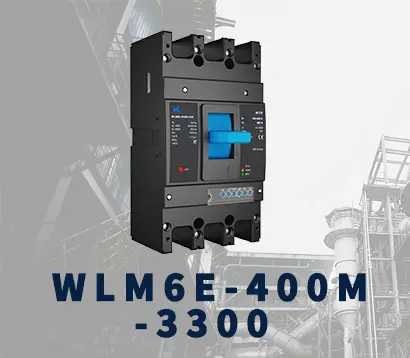 WLM6E-400A-3300 3P/4P
WLM6E-400A-3300 3P/4P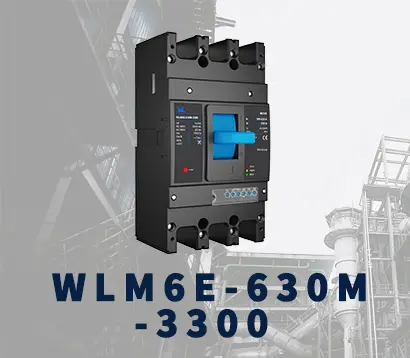 WLM6E-630A-3300
WLM6E-630A-3300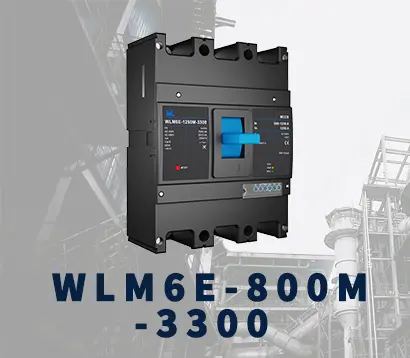 WLM6E-800A-3300 3P/4P
WLM6E-800A-3300 3P/4P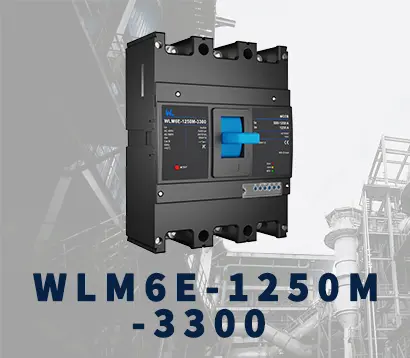 WLM6E-1250A-3300
WLM6E-1250A-3300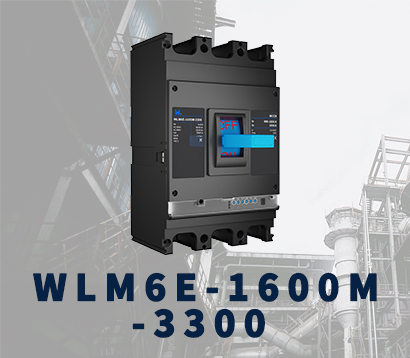 WLM6E-1600-3300 3P/4P
WLM6E-1600-3300 3P/4P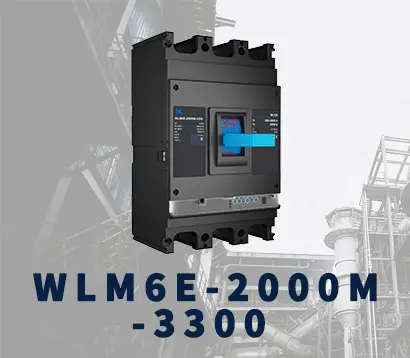 WLM6E-2000A-3300 3P/4P
WLM6E-2000A-3300 3P/4P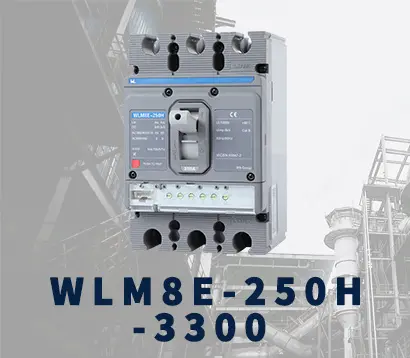 WLM8E-250H-3300
WLM8E-250H-3300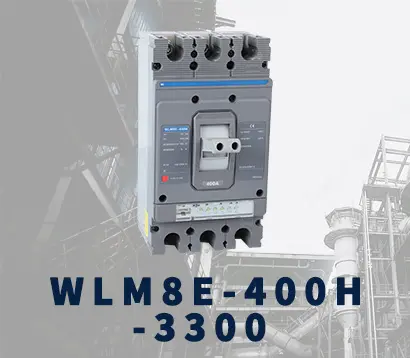 WLM8E-400H-3300
WLM8E-400H-3300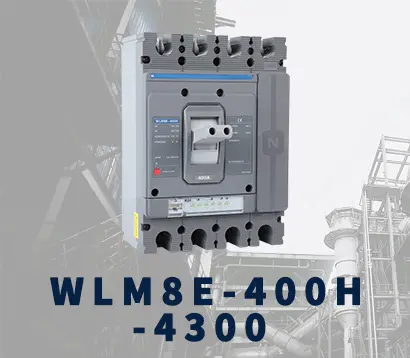 WLM8E-400H-4300
WLM8E-400H-4300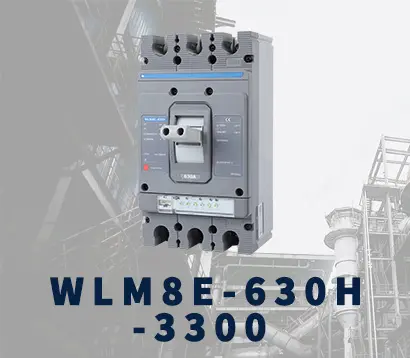 WLM8E-630H-3300
WLM8E-630H-3300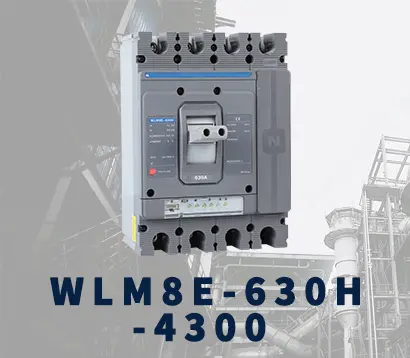 WLM8E-630H-4300
WLM8E-630H-4300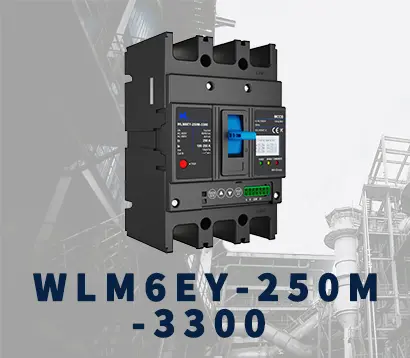 WLM6EY-250-3300 3P/4P
WLM6EY-250-3300 3P/4P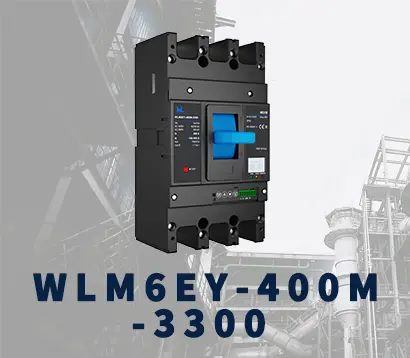 WLM6EY-400 3P/4P
WLM6EY-400 3P/4P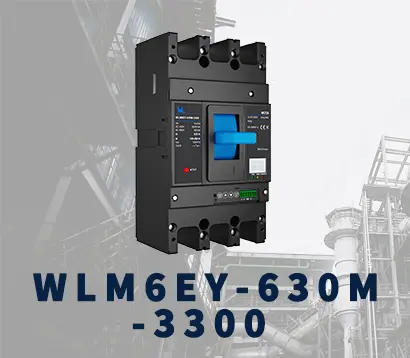 WLM6EY-630 3P/4P
WLM6EY-630 3P/4P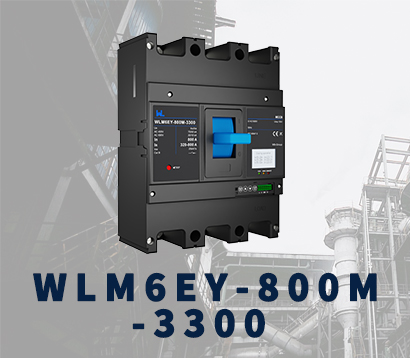 WLM6EY-800A 3P/4P
WLM6EY-800A 3P/4P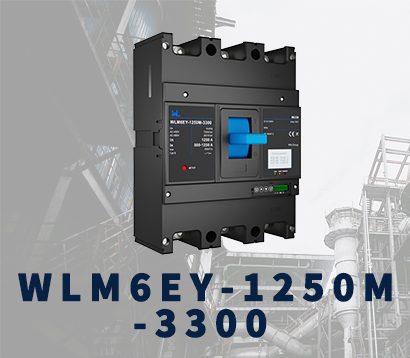 WLM6EY-1250A 3P/4P
WLM6EY-1250A 3P/4P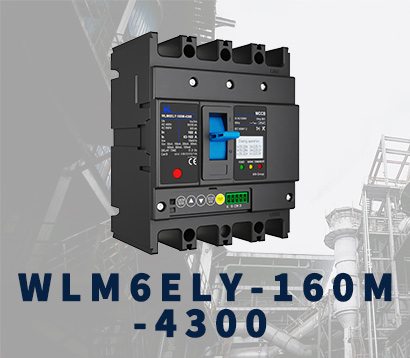 WLM6ELY-160A
WLM6ELY-160A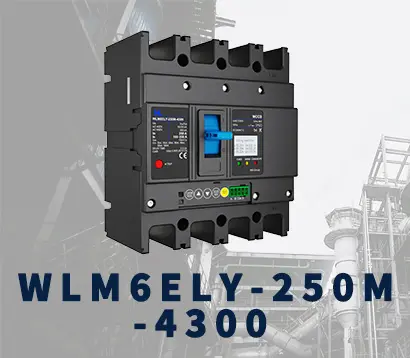 WLM6ELY-250A
WLM6ELY-250A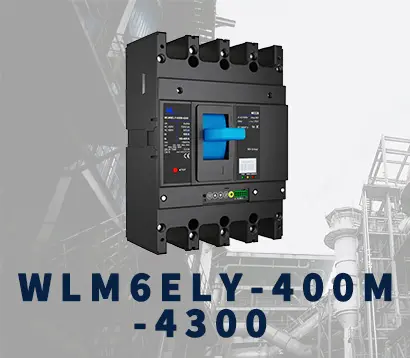 WLM6ELY-400A
WLM6ELY-400A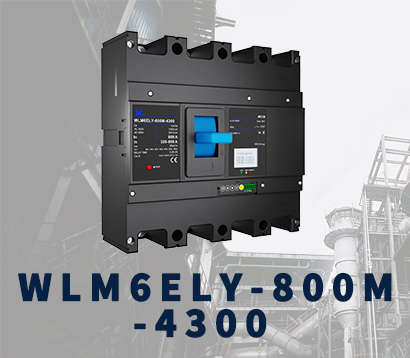 WLM6ELY-800A
WLM6ELY-800A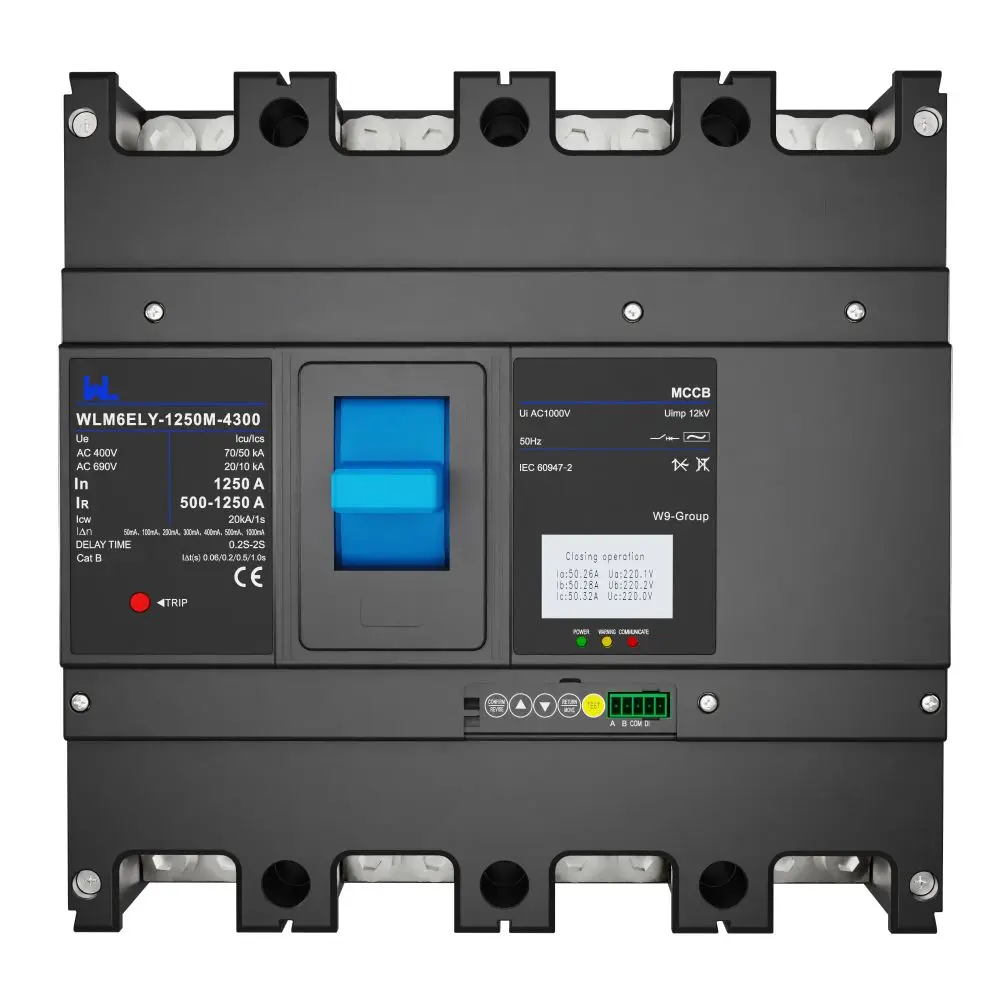 WLM6ELY-1250A
WLM6ELY-1250A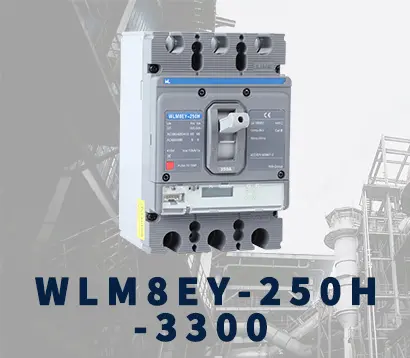 WLM8EY-250H-3300
WLM8EY-250H-3300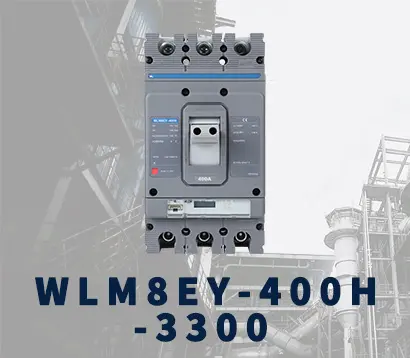 WLM8EY-400H-3300
WLM8EY-400H-3300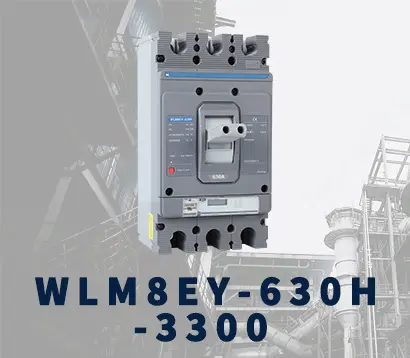 WLM8EY-630H-3300
WLM8EY-630H-3300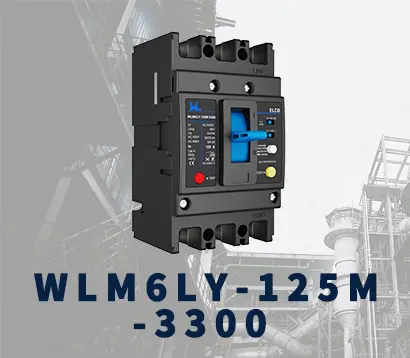 WLM6LY-125A
WLM6LY-125A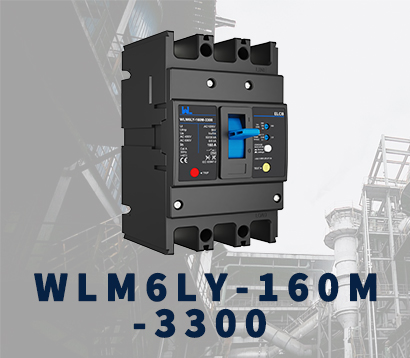 WLM6L-160A
WLM6L-160A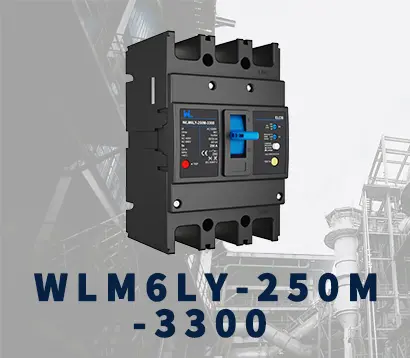 WLM6LY-250A
WLM6LY-250A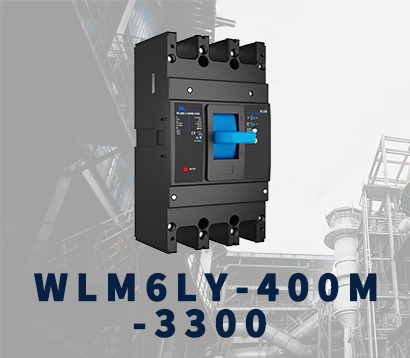 WLM6LY-400A
WLM6LY-400A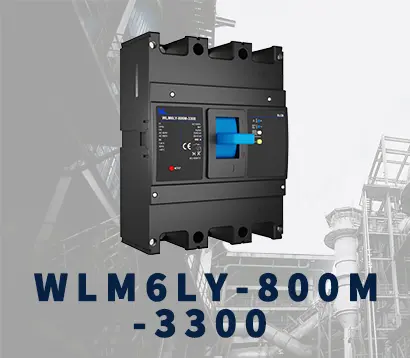 WLM6LY-800A
WLM6LY-800A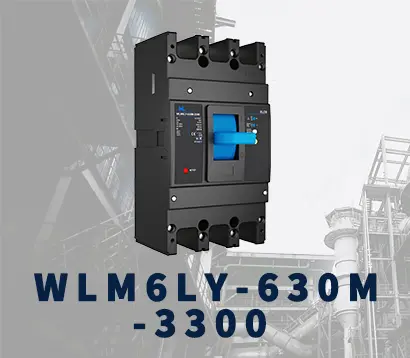 WLM6LY-630A
WLM6LY-630A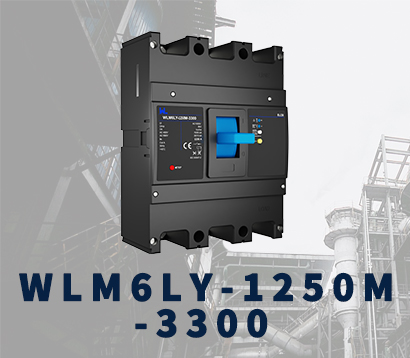 WLM6LY-1250A
WLM6LY-1250A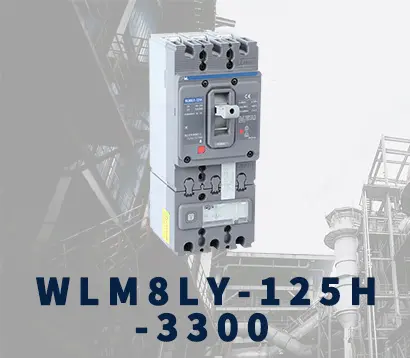 WLM8LY-125H-3300
WLM8LY-125H-3300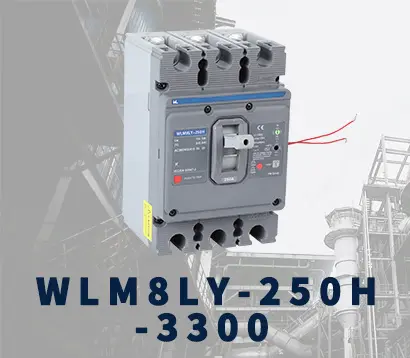 WLM8LY-250H-3300
WLM8LY-250H-3300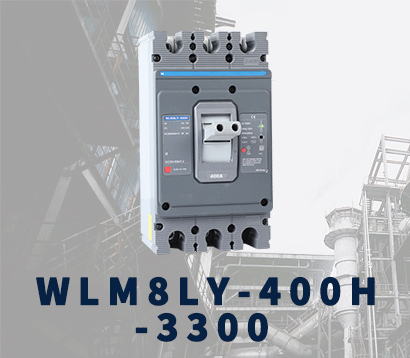 WLM8LY-400H-3300
WLM8LY-400H-3300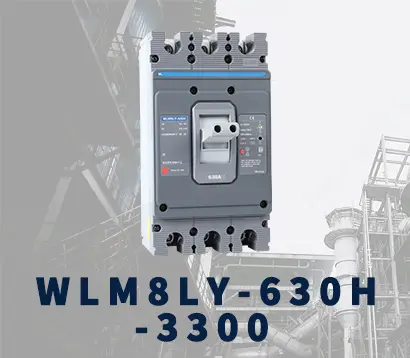 WLM8LY-630H-3300
WLM8LY-630H-3300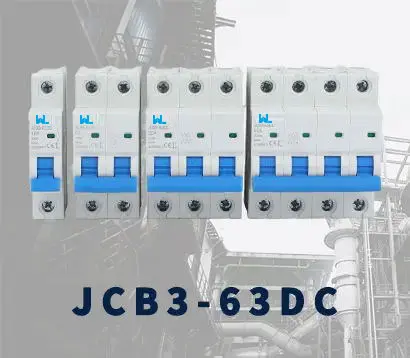 JCB3-63DC
JCB3-63DC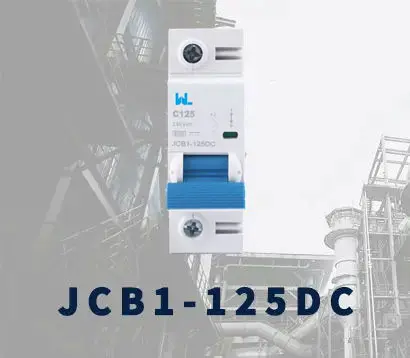 JCB1-125DC
JCB1-125DC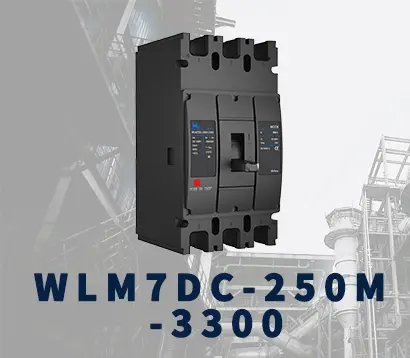 WLM7DC-250A-2300 2P/3P
WLM7DC-250A-2300 2P/3P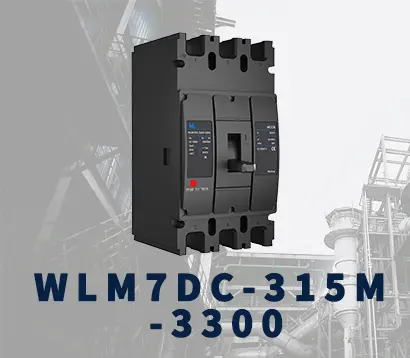 WLM7DC-315A-3300 2P/3P
WLM7DC-315A-3300 2P/3P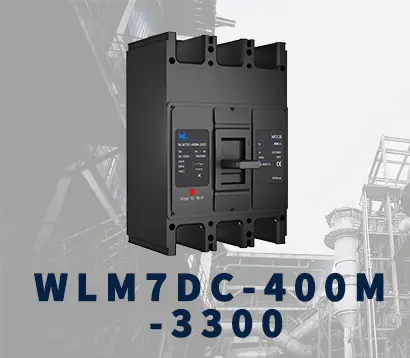 WLM7DC-400A-2300 2P/3P
WLM7DC-400A-2300 2P/3P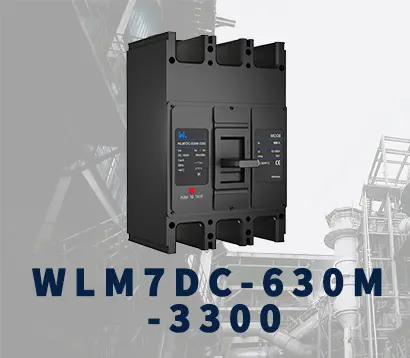 WLM7DC-630A-3300 3P
WLM7DC-630A-3300 3P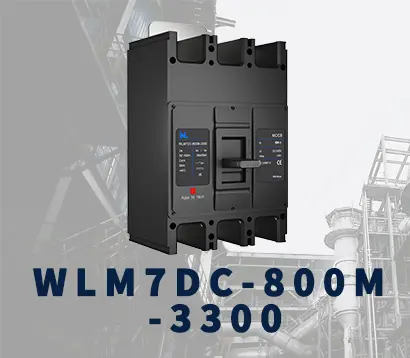 WLM7DC-800A-2300 2P/3P
WLM7DC-800A-2300 2P/3P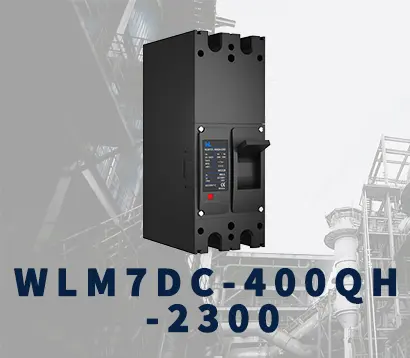 WLM7DC-400A 2300
WLM7DC-400A 2300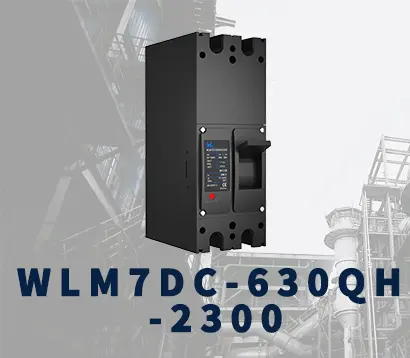 WLM7DC-630A-2300 2P
WLM7DC-630A-2300 2P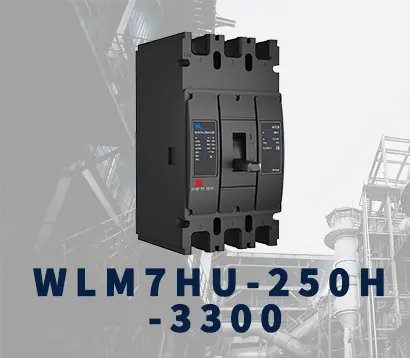 WLM7HU-250-3300 3P
WLM7HU-250-3300 3P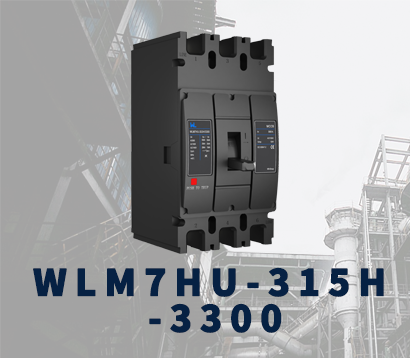 WLM7HU-315-3300 3P
WLM7HU-315-3300 3P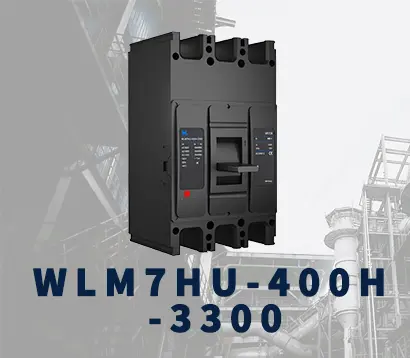 WLM7HU-400-3300 3P
WLM7HU-400-3300 3P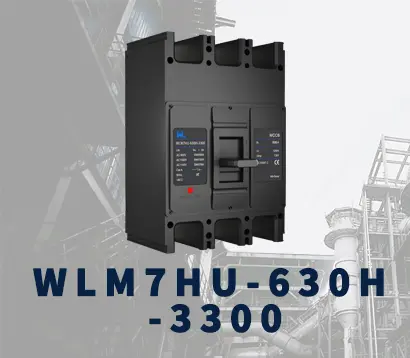 WLM7HU-630-3300 3P
WLM7HU-630-3300 3P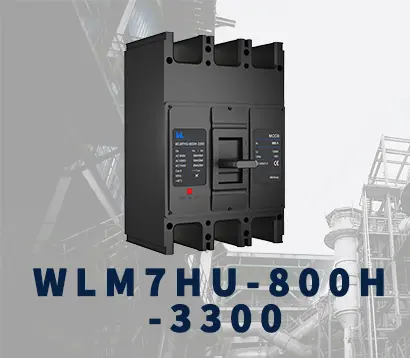 WLM7HU-800-3300 3P
WLM7HU-800-3300 3P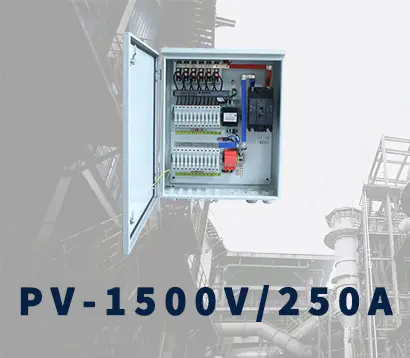 PV-1500V/250A
PV-1500V/250A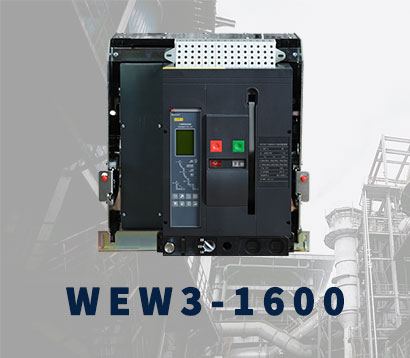 WEW3-1600
WEW3-1600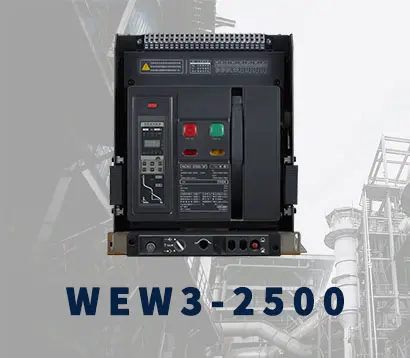 WEW3-2500
WEW3-2500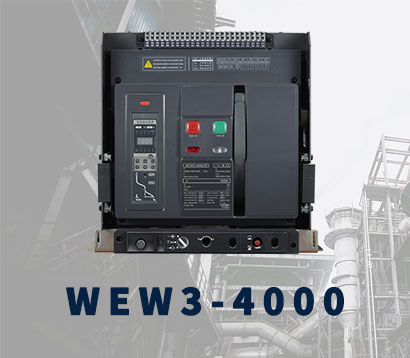 WEW3-4000
WEW3-4000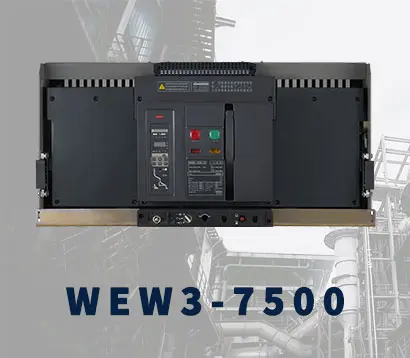 WEW3-7500
WEW3-7500



